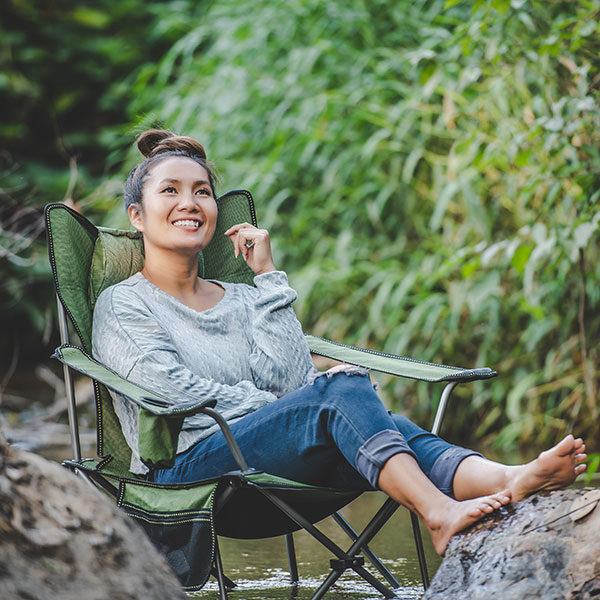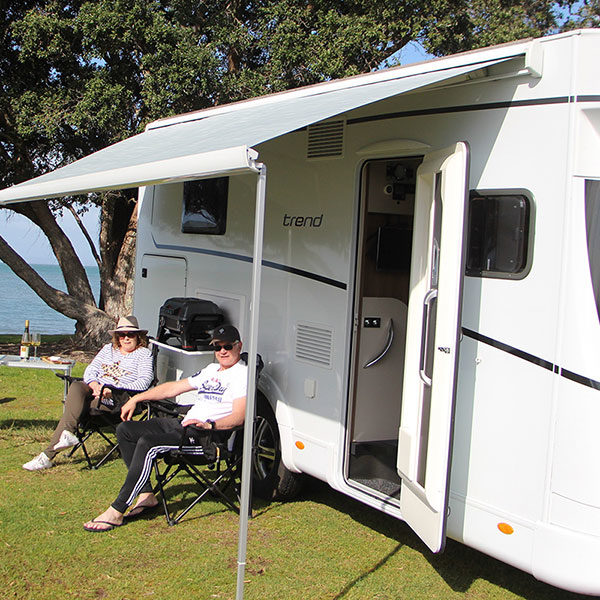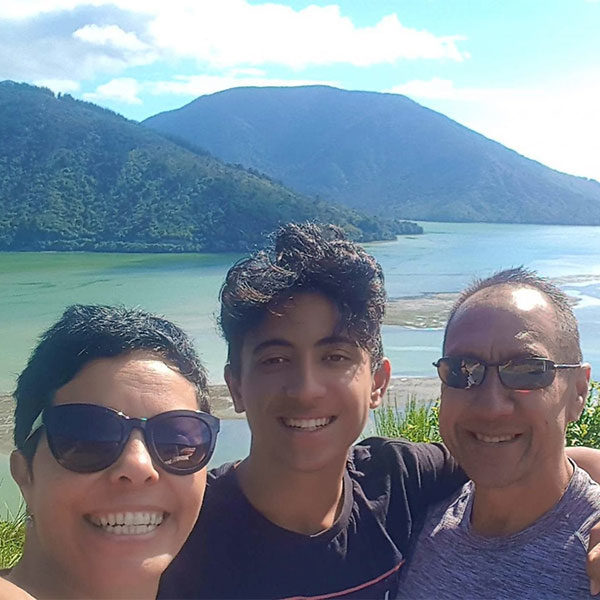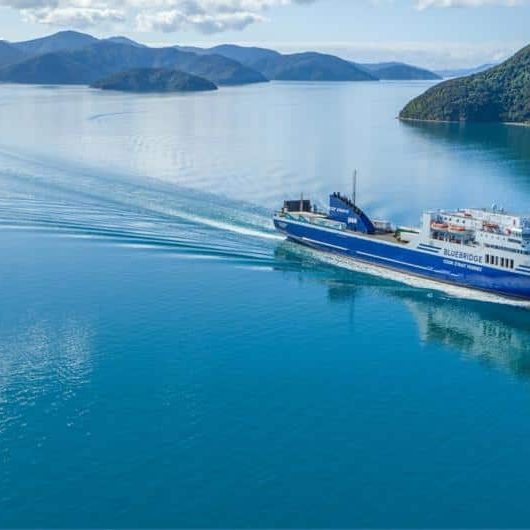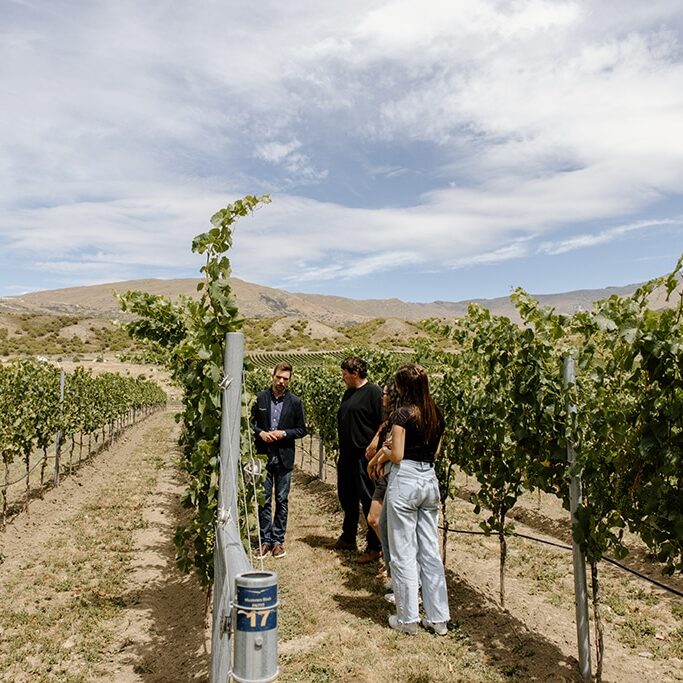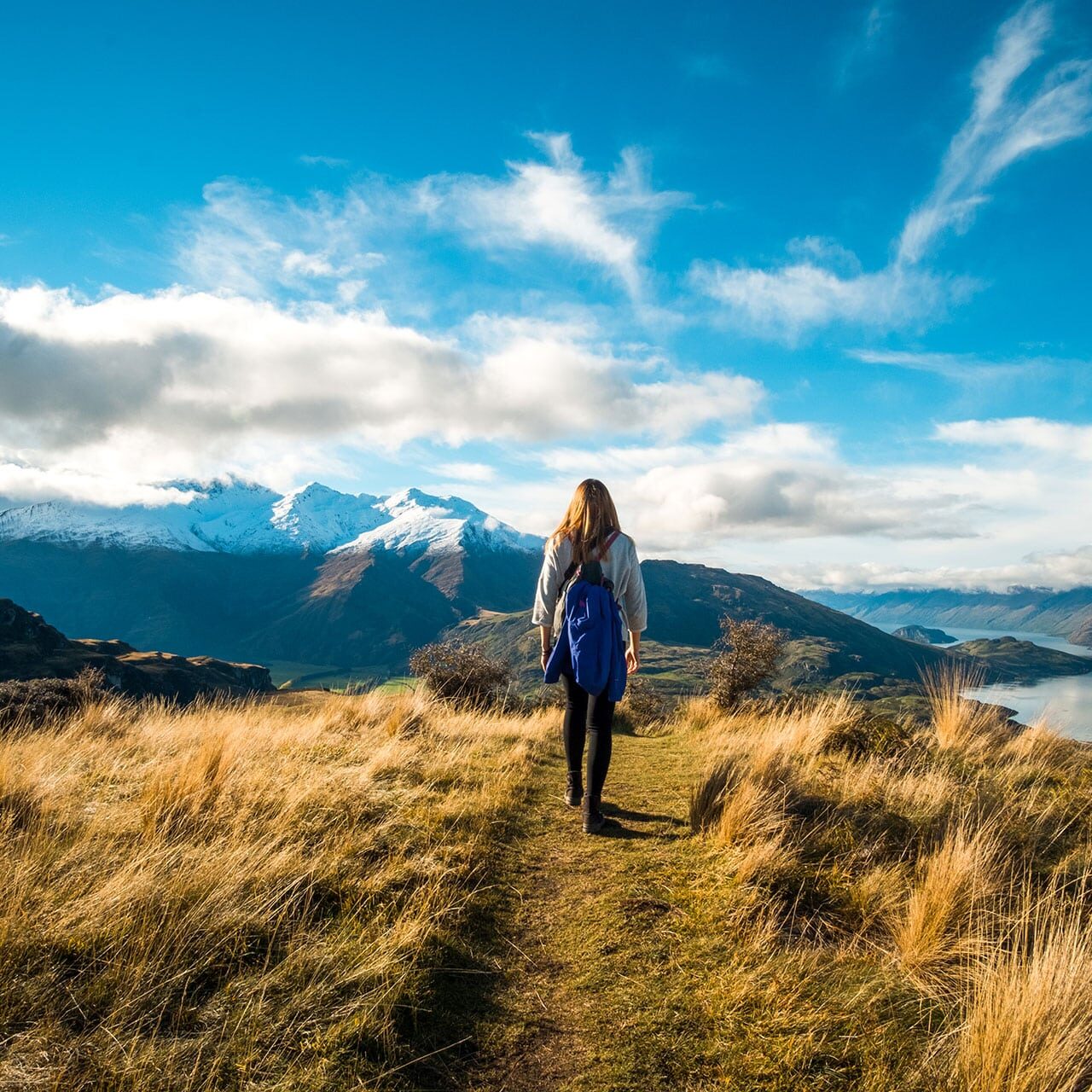GET A QUOTE
Helpful Tips & Info on NZ Road Rules
NZ is famous around the world for its stunning scenery, friendly people and fine wines. From the top of the North Island to the bottom of the South, the NZ adventure is best explored behind the wheel of a comfortable campervan. When your mode of transportation doubles as your accommodation, you can enjoy the freedom to go wherever the mood takes you – whether that’s to gorgeous white sandy beaches, pristine snow-capped mountains or lush green forests. Thanks to New Zealand’s well-maintained roads, the drive will be as pleasant as it is photo-worthy. To help you find your way around this incredible country, we have a comprehensive guide to driving around New Zealand by motorhome.
When you touch down.
If you have flown a long way be aware that you could be jet lagged and very tired, this increases the risk of falling asleep at the wheel. Try to limit your driving for the first couple of days, swap drivers frequently and schedule rest stops where you can get out, admire the scenery and recharge your batteries.
Once you get out of the cities there are no motorways. The majority of the roads are single carriageways. On main routes you will come across passing lanes and passing bays. If you are holding drivers up, make sure to keep left in your motorhome and give them an opportunity to pass.
There are still plenty of roads that are unsealed gravel, especially if you are in the South Island or the top of the North Island. Take care if it’s dry as dust can obscure your view of the road. Some roads are not permitted to be driven on by rental vehicles, so check your policy wording carefully.
New Zealand Road Rules
NZ has a set of rules called the Road Code. They’re like the Highway Code in the UK. There’s a free road code quiz here which you can try to test your knowledge after you’ve read this page – it contains additional signs and rules that are important to know.
Licence requirements
In order to drive on New Zealand roads in a motorhome you’re required to hold a valid driver’s license specific for the vehicle you are driving. If you’re an overseas visitor, you can use your licence from your home country for up to 12 months before you need to change to a New Zealand one.
Please note if your home licence is not in English then you will also need to carry an international driving permit or an approved translation. It’s important to remember to carry your licence with you whenever you drive.
Speed Limits
Speed limits are clearly signposted next to the road at regular intervals. The number is displayed in black on a white background inside a bright red circle. The maximum speed limit in New Zealand for cars is 100 kilometres per hour, (or 90 kilometres for rental motorhomes) which applies to most motorways and open roads, although it may be lower if there are roadworks or if the road is particularly challenging. In suburban areas, the limit while driving your campervan hire is 50 kilometres per hour, unless you’re in a school zone, in which case it’s 40 kilometres per hour.
Depending on the size of your motorhome, you are required to travel at slower speeds on the open road, your maximum speed limit will be 90 kilometres per hour. Any vehicle-specific restrictions should be explained to you when you pick up your motorhome, but if in doubt it’s always best to ask. In any case, remember to treat the limit as just that – a limit, not a goal.
Following distances
It’s important to maintain a safe following distance between your vehicle and the car in front of you while driving your New Zealand motorhome. According to NZ road rules, ‘safe’ is classified as two seconds between cars however as you are driving a large vehicle we would suggest a 4-second gap between vehicles. This goes up to 8 seconds in poor weather. As motorhomes are larger vehicles and may therefore take longer to stop in the event of an incident, so give yourself plenty of room.
Safety For You
Phones
It is illegal to use a hand-held mobile phone to make calls or send/receive text messages while you are in control of the vehicle (this includes waiting at traffic lights).
Safety
All vehicle occupants must wear seat belts. Children aged 7 and under must be in an approved child seat.
Alcohol limits
The comprehensive Insurance policy prohibits driving while under the influence of any alcohol. It is also illegal to drive under the influence of any drugs which may impair your driving ability. Please check with your doctor to make sure none of your prescriptions include side effects that could affect your driving in your campervan hire.
Safety Tips
Distractions and fatigue
Before you get behind the drivers wheel, take some time to eliminate any possible distractions that could take your attention away from the road. This includes your cellphone; it is prohibited to operate a cellphone while driving.
Another thing to prepare for is the real possibility of fatigue. This can be a very real issue on long road trips, especially if you’re driving in a new country. Where possible, it’s a good idea to plan regular rest stops to stretch your legs – this shouldn’t be too challenging with so many beautiful photo opportunities around every corner. Another way to minimize the risk of driver fatigue in your motorhome is to assign more than one driver to your rental, so you can share the responsibility.
Seat belts
Whether you’re sitting in the front or back of your motorhome, you must wear a seatbelt while the motorhome is moving. Some motorhomes may have moveable seats, in which case the seatbelt may need to be adjusted depending on which way you are facing. if you’re travelling with children under seven, they will be required to sit in an approved child or booster seat.
Driving Tips
Drive on the left
In New Zealand all vehicles drive on the left – something that can feel a little strange at first if you come from a country where you drive on the right! With some practice you’ll soon get used to it. The center line will be painted in either white or yellow. If there is a solid yellow line on your side, this means you are not allowed to overtake other vehicles in your Motorhome.
Road position and lanes
We drive on the left in NZ. If you haven’t driven on the left before, it can take some getting used to having the steering wheel on the right and the passenger side of the vehicle on your left. A good guideline is to remember that you (the driver) should always be next to the centre line.
Our road lanes are separated by yellow or white lines. A solid yellow line on your side of the centre line means you are not permitted to overtake.
On the left edge of the road there will be either a white line or yellow line. A dashed yellow line means you must not park there.
Traffic lights
NZ has a standard traffic light system, with red meaning ‘stop’, amber meaning ‘prepare to stop’ and green meaning ‘go’.
Intersections and Giving Way
The majority of intersections (junctions) will have either a give way sign or a stop sign. It’s compulsory to stop at a stop sign before proceeding into the intersection. If there are no signs then the give way rules apply:
- T-intersections: If you are turning right from the top of the T, give way to all traffic coming towards you that is passing through or turning left.
- If you are turning from the bottom of the T, give way to traffic on the top of the T.
- Remember to always look twice in both directions to ensure it’s clear, and be conscious of which side of the road you are pulling onto from the intersection.
- Uncontrolled crossroads: If you find a rural crossroads with no controlling signs or lights, give way to vehicles from the right, from straight ahead passing through, or from straight ahead turning left.
- Traffic lights: If you have a red traffic light you must stop and wait until it’s green – there’s no free turn like there is in
- America. Our sequence is red, green, amber (yellow) and then red again. You must stop for the amber light if it’s possible to do so.
Uncontrolled intersections
Give way rules apply at uncontrolled intersections. If you are turning, you must give way to all oncoming traffic that is following the center line (including buses and cyclists). If both vehicles are turning, those turning right need to give way to those turning left.
Driving Rules
Indicator signals
In NZ, you are required to indicate for at least three seconds when preparing to turn or change lanes. Indicators are a signal of intent only – it is important to carefully check all mirrors and ensure the space is clear before making a decision to act while driving your motorhome.
Following distances
It’s important to maintain a safe following distance between your vehicle the car in front of you while driving your New Zealand motorhome. According to NZ road rules, ‘safe’ is classified as two seconds between cars. This goes up to four seconds in poor weather. As motorhomes are larger vehicles and may therefore take longer to stop in the event of an incident, so give yourself plenty of room..
Road Signs
New Zealand road signs
As in most other countries, the road signs in New Zealand are designed to be easily understood by all drivers, no matter what language they speak. Bright and clear, they are highly visible and relay important messages about the local driving conditions, so it’s essential to pay close attention as you traverse the country. Below is a summary of some of the most common signs you can expect to come across on your motorhome road trip.
Red and white signs
Most red and white signs convey a compulsory message telling you what you absolutely must or must not do. For example, speed limit signs, STOP signs and GIVE WAY signs are all red and white (although please note they are different shapes; speed limit signs are circular, STOP signs are hexagonal and GIVE WAY signs are triangular).
Other red and white signs to be aware of include NO ENTRY (red circle with red lettering in a white rectangle) and NO TURN/U-TURN (red circle with a black arrow on white background and a red dash through the arrow).
Blue and white signs
Like their red and white counterparts, blue and white signs also indicate a compulsory action. Most are blue circles with white arrows and a thin white border. The arrows indicate a direction that you need to take, such as an obligatory turn, continuing straight or keeping left. This colour pattern is also used to identify one way roads, pedestrian only zones and restricted parking areas. Most parking signs feature a white P in a blue square, as well as a clear parking time limit.
Yellow and black signs
These bright signs are used to denote permanent warnings, such as upcoming hazards, information about road conditions (for example you might see signs saying “slippery when wet”), difficult corners, advisable speed limits and so on. A yellow and black sign of particular importance to motorhome drivers is the diamond-shaped ‘clearance height advance warning’ sign. With one arrow pointing up, one arrow pointing down and a metric measurement in the middle, this sign indicates the maximum vehicle height that can pass through the area. They are common near bridges and tunnels.
Orange and black signs
When you see an orange and black sign it means there’s a temporary warning in place. These are most often used in areas where roadworks are being carried out, or if things like land slips pose a threat to drivers.
New Zealand Drivers
Some local drivers may bring their own view on how to drive in NZ, not always the correct way. Here are some things to keep an eye out for:
In every country there are people who drive too fast, and unfortunately New Zealand is no exception. Stay alert for speedsters, especially on open roads while driving your motorhome..
Kiwis are famous for their relaxed, laid back attitude – but this isn’t a great attitude behind the wheel. If you see someone breaking the road rules or driving a vehicle that doesn’t look very road-worthy, increase your following distance and give them a wide berth.
Don’t be afraid to use your headlights during the day, and certainly before it hits dusk or pitch black.
Rural Hazards
Livestock on the road
Livestock is frequently moved along rural roads. The farmer is obligated to place a sign when this happens, but the sign type can be variable. If you come across a herd of animals in the road, stop your motorhome and get instructions from the farmer.
Uncontrolled railway crossings
Around half of NZ’s railway crossings have no lights or barrier arms and will be controlled by either a give way or stop sign. Take extra care here – a train can’t stop quickly, so look both ways up the track to make sure it’s clear, and don’t try to beat the train as its size belies its speed.
Single-lane bridges
In rural areas, you will find single-lane bridges. If the sign on your side of the bridge has a red arrow pointing upwards this means that you must give way to traffic coming towards you. If your sign is blue with a white arrow pointing upwards, you have the right of way as long as there’s no one else on the bridge. Motorhomes are sizeable vehicles so ensure you take your time on these tight bridges.
About New Zealand Roads
Highways and motorhomes
New Zealand cities and towns are linked by more than 100 state highways. The largest, State
Highway One, runs from the tip of the North Island to the bottom of the South Island. You’re likely to spend a significant chunk of your time on this well-maintained road, which connects the majority of New Zealand’s cities, including Auckland, Wellington and Christchurch. In these cities there are also motorways (these aren’t common outside of major centres in New Zealand).
Following State Highway One is a great way to see the country as it doesn’t bypass small towns, rather travels through them. This means there are several 50 kilometre zones on the highway, and even the odd pedestrian crossing! While this may seem unusual to visitors who are used to fast, direct highways, it all adds to your NZ motorhome adventure.
Toll roads
One benefit of New Zealand not having a huge high-speed highway and motorway network is the lack of toll roads. As it stands, there are a few active toll roads located in the North Island, these will be sign posted so please be aware. This is the fastest way to travel north from Auckland and incurs a $2.20 tariff each way. If you pass through this road in motorhome, your license plate number will be captured by automatic cameras and you will need to pay online at www.tollroad.govt.nz.
If you’d prefer to avoid the toll road altogether, you can travel north via Orewa and Waiwera. While this may add some extra time onto your journey, it’s a scenic road that takes you past some great beaches and will save you the fuss of worrying about the toll fare.
Driving conditions
Most main roads in New Zealand are very well-maintained, with clear signage and smooth surfaces. If you stick to the main highways and motorways in your motorhome it’s very unlikely you will come across any trouble. However, if you are travelling in rural New Zealand, it’s a good idea to take extra care. The roads are still – for the most part – of high quality, but that doesn’t mean the driving is always easy. Many routes include winding, narrow roads and faded centre lines. You may also
encounter some unsealed areas so just be aware that any driving on un-sealed roads is prohibited by Kiwi Motorhomes so it’s a good idea to plan your intended road trip itinerary in advance, as that way you’re less likely to run into any unexpected or unwelcome surprises.
The below roads are often excluded from rental contracts due to their condition:
- Skippers Road (Otago)
- Ball Hut Road (Canterbury)
- 90 Mile Beach (Northland)
- The road to Macetown (Otago)
- Tasman Valley Road (Canterbury)
Have a Safe and Enjoyable Trip Around Beautiful New Zealand
The Kiwi Motorhomes Advantage
When you hire a motorhome with us you become part of our family (whānau) cherished and looked after. We realise this is a big decision, so we are committed to be with you from the moment you make the enquiry to the day you drop off the keys, cherished and looked after.
For more information on why you should hire a campervan with us in NZ, including all our free extras and discounted ferry crossings head to Why Rent With Kiwi Motorhomes?




